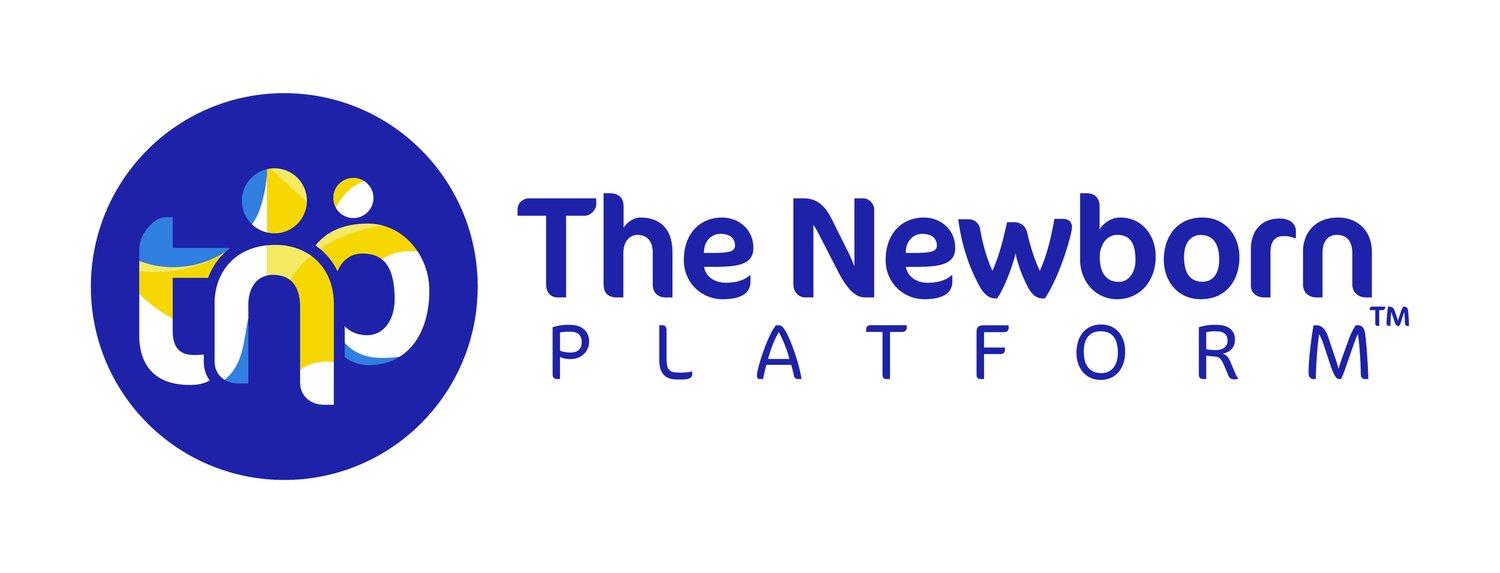Weaning and complementary feeding
From age six months, when we begin to feed babies foods other than milk, we work towards ensuring they are getting from at least five of eight broad categories of food- we refer to this as a minimum dietary diversity and the aim of this is to optimize brain growth and physical development.
We recognize it isn’t always easy or possible to get every category in every day, so the rule of thumb is to get every category in every few days and get every colour in weekly - so we want to achieve a rainbow by age 8 months- averagely - we know there are picky eaters, and there are slow adopters.
The eight food categories are as follows
Eggs
Breast milk- Yes, of course, breast milk is in a category all by itself
Grains Roots and Tubers including Maize, Sorghum ( Guinea Corn), Millet, Yams, Cassava, Potatoes- Irish or sweet, Carrots, Beets, Radishes and Ginger
Dairy: Milk, Yogurt, Cheese
Legumes- beans, peas, soy, chickpeas, peanuts
Flesh Food- meat, chicken, liver, fish
Vitamin A-rich fruits and vegetables including sweet potato, pumpkin, carrot, kale, spinach, mango, broccoli, avocado, butternut squash, orange, yellow maize, grapefruit, tangerine, tomatoes, red bell pepper, nectarines, apricot, watermelon, papaya
Other fruits and vegetables: Cucumber, pineapples, bananas, apples, pears, etc
At a minimum, from age six months, babies should be offered 2 meals, 2 healthy snacks, and be breastfed twice a day -if you are at home with your baby, you can probably do more unless we are dealing with a very picky eater- remember, we are asking that you OFFER-three meals, and three snacks and top up with breast milk.
If they are not breastfeeding, from 9 months, they should be offered 4 meals, 3 healthy snacks, and milk twice daily
Remember they should get five out of the eight food groups
Pay close attention to the safe preparation of foods. Hands must always be washed before handling the baby’s food.
Some snacks are empty and not worth the trouble- things like cheese balls and non-baby biscuits- they contribute to constipation - and foods in wraps, drinks in cans and bottles. These should ideally be avoided until after the age of two because they either have high sugar content or no nutritional benefit
Milk and water and fresh fruit juice (with the roughage but without the seeds) should be prioritized in this order
Remember, we emphasize offering meals. Some babies take almost everything they are offered, some are slow to warm up. Your role as the primary caregiver is to be consistent, persistent, and creative- cut food pieces into shapes if you have to.
If you haven't done so already, subscribe, follow us on social media and join our community. We are waiting for you!
